Tips and tricks on how to properly plant garlic in your area
Garlic known in almost all countries of the world. This annual plant has a very specific taste and aroma, which is why it is used to season various dishes. Great amount vitamins helps prevent various colds and strengthens the immune system. In addition to preventing colds, garlic has many benefits that not everyone knows. All vitamins contained in it are vital for the body to function properly.
Garlic is considered a bioactive additive due to its constituent substances. Both the benefit and the harm are contained in them. In addition, garlic contains a large amount of toxic substances, so its consumption should be limited. Summer residents with experience know what needs to be done in order to get abundant harvest... The vegetable is frost-resistant, it can be planted both in winter and in spring.
Content
- How to plant garlic: top tips
- What temperature regime is required for spring garlic?
- Planting winter garlic
- How to plant bulbs?
How to plant garlic: top tips
Recommendations for planting garlic:
- Choose a place well lit by the sun on your site.
- Summer residents are advised to plant garlic after growing in this place peppers and cabbage, but it is not advised to plant after Luke, potatoes, beets, tomato.
- Before planting garlic, the soil must be fertilized ahead of time.
- Many diggers prefer to plant winter garlic in November, but this is more of a bad habit than a positive habit. If you plant a crop before the onset of frost, then a strong root system will not form, and in the spring the vegetable will be weakened.
How, then, is it correct to plant garlic before winter? It is better not to delay this process, but to start planting in September, using large cloves for planting.
To avoid development diseases and the appearance of rot, you need to do the prevention of cloves, after soaking them in a very weak solution of potassium permanganate, instead of it you can use the drug "Maxim" for bulbous plants.
Favorite soils for garlic are sandy loam and loamy, they should be enriched with humus.
The ideal arrangement of the beds is from north to south at a distance of forty centimeters from each other. Leave ten centimeters between the garlic. The planting depth of the cloves is eight centimeters. Water the ridges liberally before planting, and mulch their sand. Spring garlic is planted in early spring, if you are even a few days late, then you will get a much smaller harvest.
What temperature regime is required for spring garlic?
Temperature conditions greatly affect the yield of garlic. Store at about twenty degrees? This means there will be a longer growing season, and the bulb will form quite large. But, unfortunately, experience suggests that the garlic does not always have time to ripen, and the bulb itself cannot form.
Low temperatures will shorten the growing season, but the bulb will become shallow.
Because of this, during storage spring garlic the temperature is changed.Initially stored at high temperatures in a warm place, and a month before planting, the temperature is lowered by four or five degrees. This mode helps to reduce the germination time, the growing season becomes not short, but not long, the bulbs are medium in size, the preservation of the garlic increases.
Cloves weighing about two grams give the best shoots. The teeth must be selected so that they have the same size. The planting target determines the distance between the plants. A ten centimeter gap is required to produce seed bulbs, and a four centimeter gap will do for eaten bulbs.
Planting winter garlic
The second half of September is the optimal time to plant winter garlic. When you disassemble the head of garlic into teeth, be careful, because if you damage the top scale, the tooth in the ground will start to rot. For planting, you also need the same cloves.
Sprinkle the cloves with manure or compost after planting in the ground. After the soil warms up in the spring, add the mulch layer.
At the end of June, the period begins when garlic plants throw out arrows. Break them constantly, they must not be allowed to stretch more than ten centimeters. A plant with a long arrow will produce smaller bulbs. In addition, do not let the head overripe in the ground. In overripe garlic, the upper scales may burst, and the cloves may crumble. Such garlic can no longer be stored.
How to plant bulbs?
Bubbles are airy bulbs. Not any garlic can give them. This property is possessed only by winter crops that release arrows. Why is this method interesting? Such garlic will grow more viable, pests and diseases rarely hit him. In addition, the planting material is saved. To plant plants, you need a seventh of the total harvest.
Bulbules give a harvest in two years. If planted in spring, then by August you can get small single-toothed heads, which will grow into large ones next season. In the southern regions of the country, summer residents plant bulbs in early September.
Planting tips:
- They are planted to a depth of three to five centimeters.
- Before sowing, mark the plot with the hoe, making furrows 5 cm deep.
- Then lay out the bulbs. If you do not transplant them next year, then rarely plant them, leave three centimeters between them.
- Twenty-five bulbs per meter is the norm.
Three types of landing are discussed above. All of them are good, just different summer residents have adapted and fell in love with different types of planting. Garlic phytoncides kill germs, garlic stimulates the digestive system and improves blood circulation. Therefore, having grown this vegetable in the country, you will definitely not regret it.
More information can be found in the video.



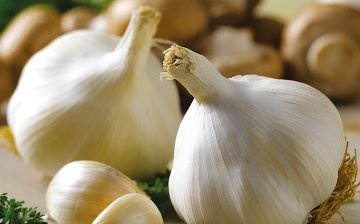
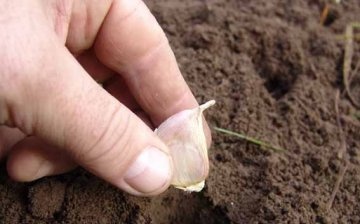
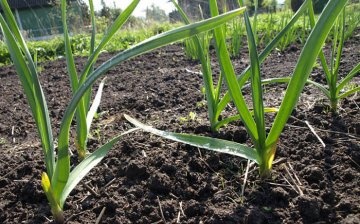
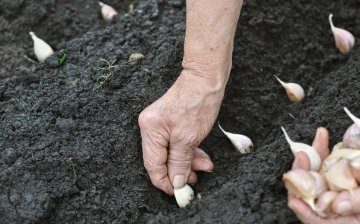
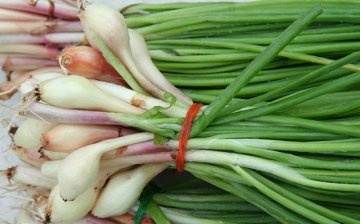







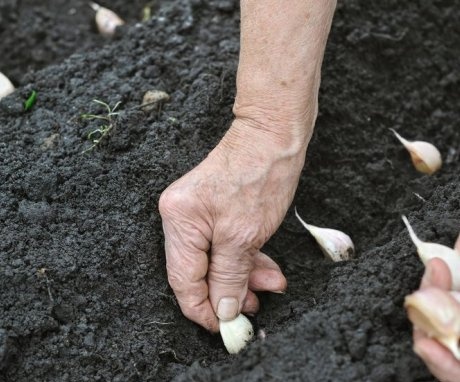
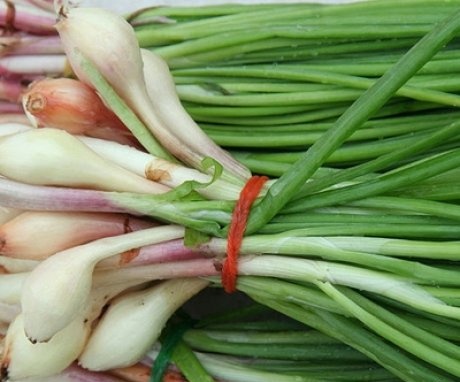
We always plant garlic in the fall. In September or October. We try to make the holes deeper so that the cloves of garlic do not freeze in winter. We tried to plant it in the spring, but it seemed to me that the harvest was worse then.
Now there are warm winters, so it is quite reasonable to plant garlic in the fall, although snowlessness can destroy plants even with light frosts. But now there are varieties that are resistant to such situations.